RSS
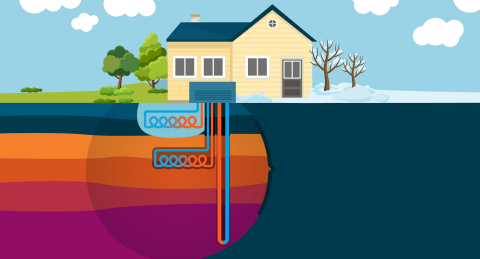
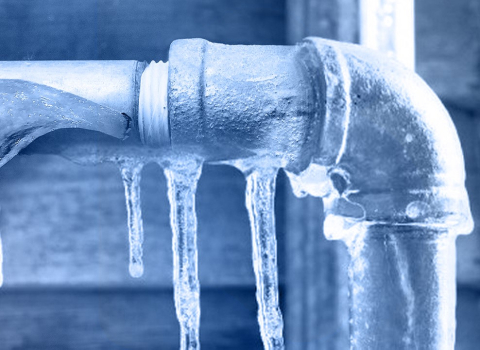
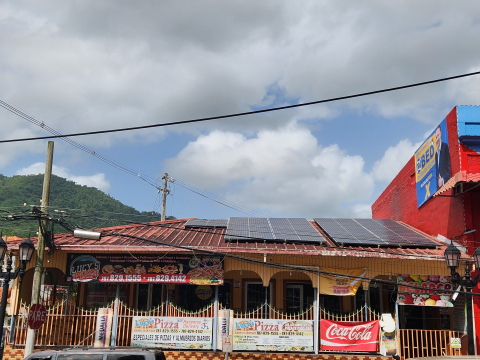
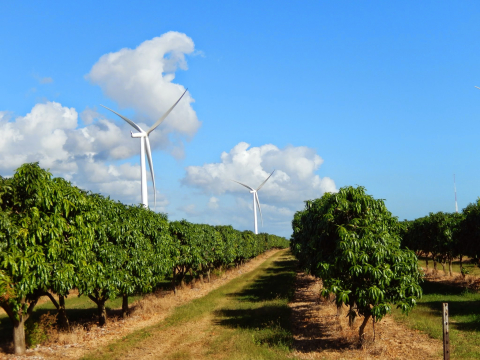
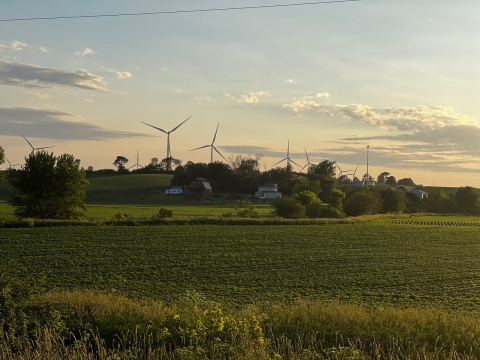
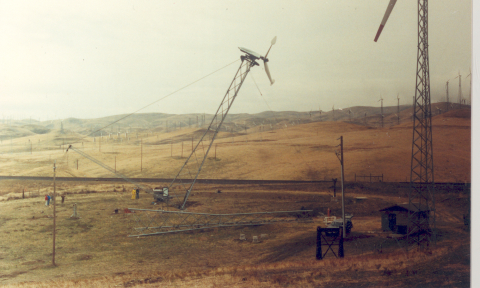
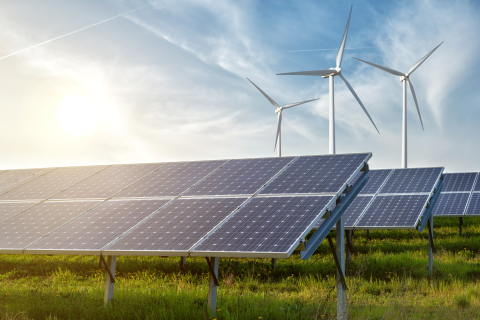
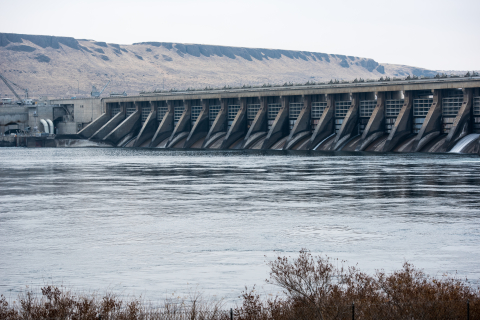
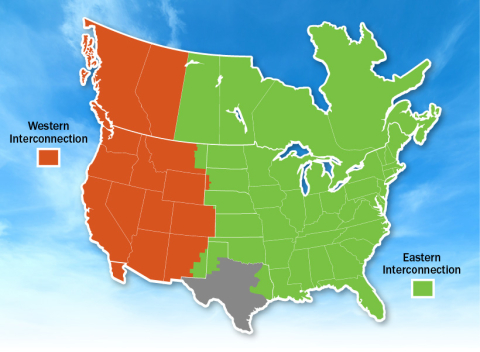

Analysis shows geothermal heat pumps can decarbonize buildings and the grid, while reducing grid transmission needs and saving energy.

Before turning down the thermostat really low to keep your pipes from freezing, here are some things to keep in mind.

Microgrids are small electric grids that can operate while disconnected from the main grid. Learn how a new tool that networks multiple microgrids with solar-plus-storage together can lead to community resilience.

The Renewable Energy Potential model can help identify optimal regions for wind plants based on factors like wind resources, land use, topography, and community preferences. It has revealed pathways to Puerto Rico’s renewable energy goals.

Regional wind data from around the U.S. helps improve a national weather forecasting model, which allows utility companies to better plan for windy days.

The Wind Turbine Verification Program, established in 1993, introduced electric utilities to emerging wind turbine technologies, created more confidence in wind power, and helped wind energy become the robust renewable energy resource it is today.
The university buildings manager has seen firsthand that, with geothermal energy providing heating and cooling, “You don’t have to sacrifice comfort or quality of life to reduce your energy usage.”

$10 million funding and technical assistance program will expand state and local government capacity to support the planning, siting, and permitting of large-scale renewable energy projects on private land

Hydropower facilities need updates to increase efficiency, improve energy reliability, and enhance community and grid resilience.

Wind energy has joined the energy mainstream, thanks in large part to the wind integration studies funded by the Wind Energy Technologies Office.

